| No. | Director | Photo | Term | Duration | Service | President(s) served under |
|---|
| 1 |  | Lieutenant General
Joseph Carroll | October 1961 – September 1969 | 7 years, 11 months | 
U.S. Air Force | John F. Kennedy
Lyndon B. Johnson |
| 2 |  | Lieutenant General
Donald V. Bennett | September 1969 – August 1972 | 2 years, 11 months | 
U.S. Army | Richard Nixon |
| 3 |  | Vice Admiral
Vincent P. de Poix | August 1972 – September 1974 | 2 years, 1 month | 
U.S. Navy | Richard Nixon
Gerald Ford |
| 4 | 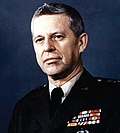 | Lieutenant General
Daniel O. Graham | September 1974 – December 1975 | 1 year, 3 months | 
U.S. Army | Gerald Ford |
| 5 | 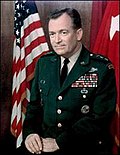 | Lieutenant General
Samuel V. Wilson | May 1976 – August 1977 | 1 year, 3 months | 
U.S. Army | Gerald Ford
Jimmy Carter |
| 6 |  | Lieutenant General
Eugene F. Tighe | September 1977 – August 1981 | 3 years, 11 months | 
U.S. Air Force | Jimmy Carter
Ronald Reagan |
| 7 |  | Lieutenant General
James A. Williams | September 1981 – September 1985 | 4 years | 
U.S. Army | Ronald Reagan |
| 8 | 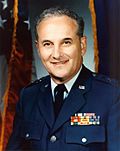 | Lieutenant General
Leonard H. Perroots | October 1985 – December 1988 | 3 years, 2 months | 
U.S. Air Force | Ronald Reagan |
| 9 |  | Lieutenant General
Harry E. Soyster | December 1988 – September 1991 | 2 years, 9 months | 
U.S. Army | Ronald Reagan
George H. W. Bush |
| — |  | Dennis M. Nagy
Acting | September 1991 – November 1991 | 2 months | 
U.S. Senior
Executive Service | George H. W. Bush |
| 10 |  | Lieutenant General
James R. Clapper | November 1991 – August 1995 | 3 years, 9 months | 
U.S. Air Force | George H. W. Bush
Bill Clinton |
| 11 |  | Lieutenant General
Kenneth Minihan | August 1995 – February 16, 1996 | 7 months | 
U.S. Air Force | Bill Clinton |
| 12 |  | Lieutenant General
Patrick M. Hughes | February 16, 1996 – July 27, 1999 | 3 years, 5 months | 
U.S. Army | Bill Clinton |
| 13 | 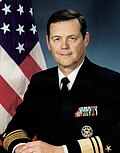 | Vice Admiral
Thomas R. Wilson | July 27, 1999 – July 2002 | 3 years | 
U.S. Navy | Bill Clinton
George W. Bush |
| 14 |  | Vice Admiral
Lowell E. Jacoby | July 2002 – November 4, 2005 | 3 years, 4 months | 
U.S. Navy | George W. Bush |
| 15 |  | Lieutenant General
Michael D. Maples | November 4, 2005 – March 18, 2009 | 3 years, 4 months | 
U.S. Army | George W. Bush
Barack Obama |
| 16 |  | Lieutenant General
Ronald Burgess | March 18, 2009 – July 24, 2012 | 3 years, 4 months | 
U.S. Army | Barack Obama |
| 17 | 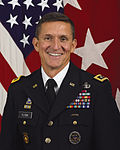 | Lieutenant General
Michael T. Flynn | July 24, 2012 – August 7, 2014 | 2 years, 2 weeks | 
U.S. Army | Barack Obama |
| — |  | David Shedd
Acting | August 7, 2014 – January 23, 2015 | 5 months | 
U.S. Senior
Executive Service | Barack Obama |
| 18 |  | Lieutenant General
Vincent R. Stewart | January 23, 2015 – October 3, 2017 | 2 years, 253 days | 
U.S. Marine Corps | Barack Obama
Donald Trump |
| 19 | 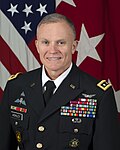 | Lieutenant General
Robert P. Ashley Jr. | October 3, 2017 – October 1, 2020 | 2 years, 364 days | 
U.S. Army | Donald Trump |
| 20 |  | Lieutenant General
Scott D. Berrier | October 1, 2020 – February 2, 2024 | 3 years, 124 days | 
U.S. Army | Donald Trump
Joe Biden |
| 21 | 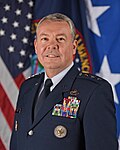 | Lieutenant General
Jeffrey A. Kruse | February 2, 2024 – present | 1 year, 199 days | 
U.S. Air Force | Joe Biden |






























